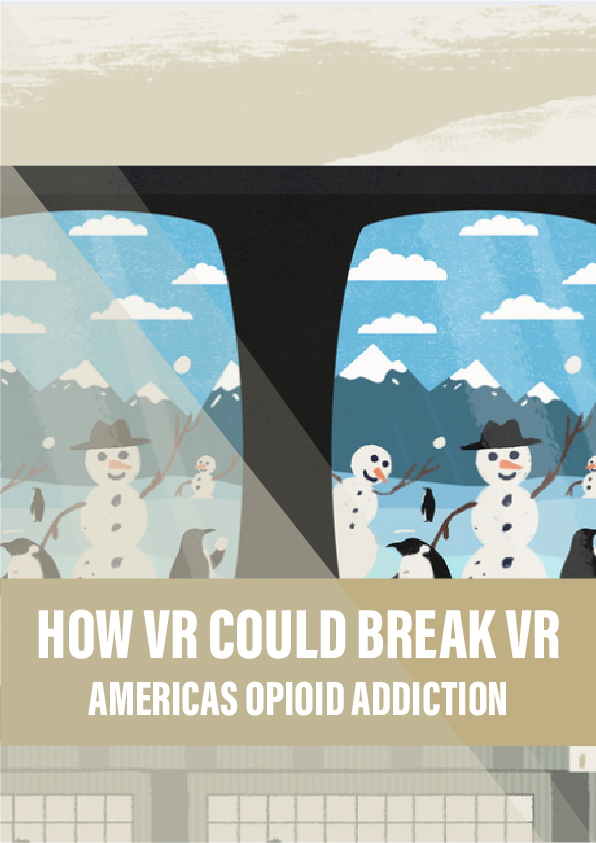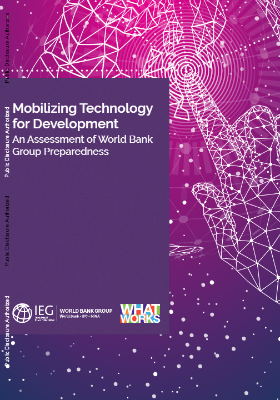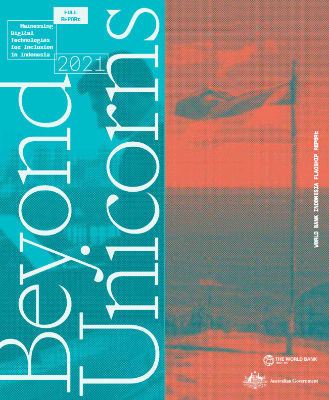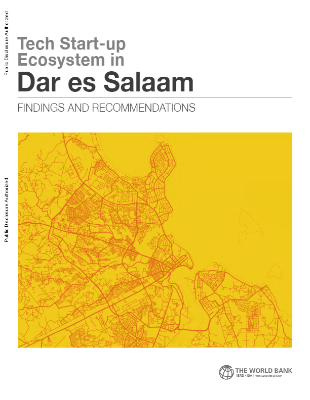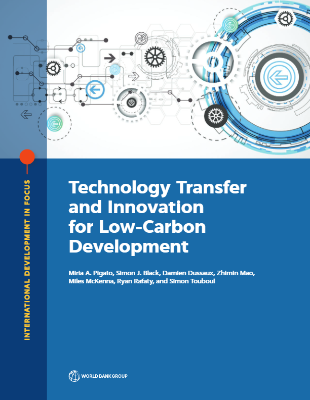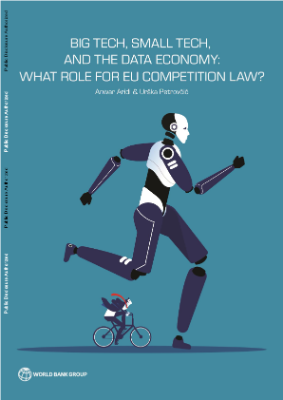Can virtual reality really soothe pain? Jo Marchant meets the doctors who say yes, and who hope this is a solution for the country consuming 80 per cent of the world’s opioid supply: the United States of America.
It’s like a crawly feeling inside,” says Judy*. “You get hot, then chilled, and you feel like you want to run away.” The 57-year-old has short dark-grey hair and a haunted expression. She’s breathless and sits with her right leg balanced up on her walking stick, rocking it back and forth as she speaks.
Judy explains that she suffers from constant, debilitating pain: arthritis, back problems, fibromyalgia and daily migraines. She was a manager at a major electronics company until 2008, but can no longer work. She often hurts too much even to make it out of bed.
She’s taking around 20 different medications each day, including painkillers, antidepressants, sedatives and a skin patch containing a high dose of the opioid drug fentanyl, which she says did not significantly help her pain and which she’s now trying to come off. Her physician has been tapering the dose for months, so in addition to her pain she suffers withdrawal symptoms: the chills and crawling dread. Then her clinic announced that it would no longer prescribe any opioids at all, the unintended result of new, stricter measures aimed at clamping down on opioid abuse. Faced with losing access to the drug on which she is physically dependent, she has come to another clinic, Pain Consultants of East Tennessee (PCET) in Knoxville, desperate for help.
Ted Jones, the attending clinician, calls patients like Judy “refugees”. He says that he sees “tons” of similar cases. Over 100 million Americans suffer long-term pain. Now they find themselves at the epicentre of two colliding health catastrophes in the USA: chronic pain and opioid abuse.
Over the last few decades, US doctors have tackled constant pain problems by prescribing ever-higher levels of opioid painkillers – drugs such as hydrocodone and oxycodone, which belong to the same chemical family as morphine and heroin. These medications have turned out to be less effective for treating chronic pain than thought – and far more addictive. The surge in prescriptions has fed spiralling levels of opioid abuse and tens of thousands of overdose deaths.
Efforts to curb opioid prescriptions and abuse are starting to work. But with the spectacular failure of a drug-centric approach to treating chronic pain, doctors desperately need alternative ways to fight a condition that blights millions of lives. Jones is trying one, seemingly unlikely technological solution: virtual reality.
Reference:
- CDC stats on the opioid epidemic in the USA.
- A 2011 article by Hunter Hoffman et al. reviewing the evidence on SnowWorld for pain relief during burns wound-care procedures.
- A 2006 article by Hoffman et al. reviewing fMRI studies of SnowWorld.
- A 2016 paper by Ted Jones et al. on using Cool! to treat chronic pain.
- A 2016 write-up by Diane Gromala et al. of a trial of Cryoslide for chronic pain patients.
- A 2014 article by Brenda Wiederhold et al. detailing the trial of virtual nature environments for chronic pain patients.
